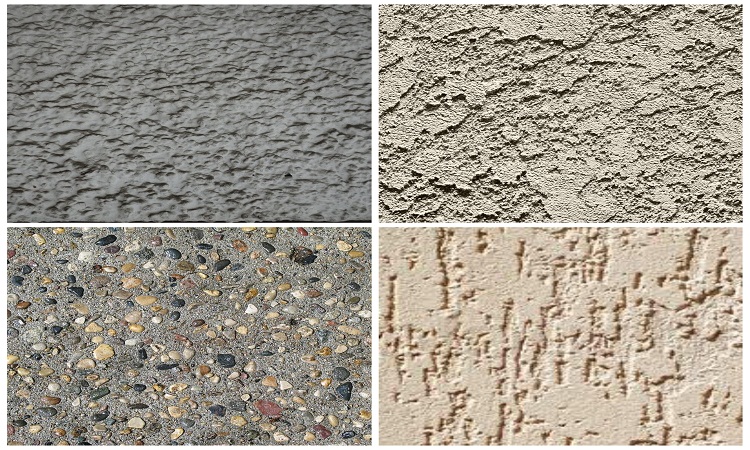Plaster is a building material used for covering the rough surfaces of walls, columns, ceilings, and other building components with a thin coat of plastic mortars to form a smooth durable surface. The coating of plastic material is called plaster. This process is known as plastering. Plaster is sometimes called…
Types of Plaster Finishes (List of Plaster Finishing)
Plastering is a process by which coarse or bristly surfaces of the walls and ceiling roofs are changed or rendered or turned to provide smoothness finish. At the beginning of plastering work, wet materials are spread over the brickwork, then suitable equipment is used to make the surface smooth level.…
What is Plastering Work? Plastering Tools and Their Different Uses
Plastering is a process of applying one or more coats of mortar to a concrete surface, brickwork, stone masonry, or lathing. Plaster must be durable such that it resists the penetration of moisture and should be able to weather uniformly. It should also be pleasing in appearance. These properties depend…
What is a Waterproofing Membrane? Different Types of Effective Waterproofing Membrane
A waterproofing membrane is a layer of water-tight material that is laid onto a surface to prevent water leak damage to the building. Waterproofing membranes consist of liquid applied or pre-formed sheet membranes. Waterproofing membrane can be adhered to or installed around the foundations to prevent water penetration. Whether it…
What is Curing? Methods of Curing Concrete
The chemical action between cement and water, which results in the setting and hardening of concrete, is dependent on the presence of water. Although there is normally a sufficient quantity of water for full hydration when the concrete or mortar mix is prepared, it is important to ensure that the…
Bulk Cement – Storage and Transportation
The storage of bulk cement is an essential link in the cement processing industry. There are many ways to store cement, but the best way for long term storage is by using cement silos. The cement silos have the characteristics of good uniformity in the cement storage section. With the…
Cement – Storage and Transportation
Ordinary Portland Cement is a very finely ground chemical. It is hygroscopic in nature and therefore it can easily absorb moisture from the air. Cement should therefore be protected from dampness and high humidity as it can rapidly lose its strength and get transformed into lumps rendering it unsuitable for…
Honeycombs in Concrete – Its Causes and Remedies
Honeycombs are hollow spaces and cavities are left in concrete mass on the surface or inside the mass where concrete could not reach. These look like honey bees nest. Improper vibration and workability of concrete are the main causes of honeycombs in concrete. Honeycombs that are on sides are visible…
Segregation of Concrete – Causes, and Prevention
Segregation of concrete is the separation of cement paste & aggregates of concrete from each other during handling and placement. Segregation also occurs due to over-vibration or over compaction of concrete, in which cement paste comes to the top and aggregates settle at the bottom. Segregation of concrete affects strength…
Civil Engineering Interview Questions and Answers
The most important part of preparing for an interview for a job is to be aware of what kind of civil engineering interview questions might be thrown in your direction. That way, you will be in a great position to prepare your answer well in advance and feel confident that…










